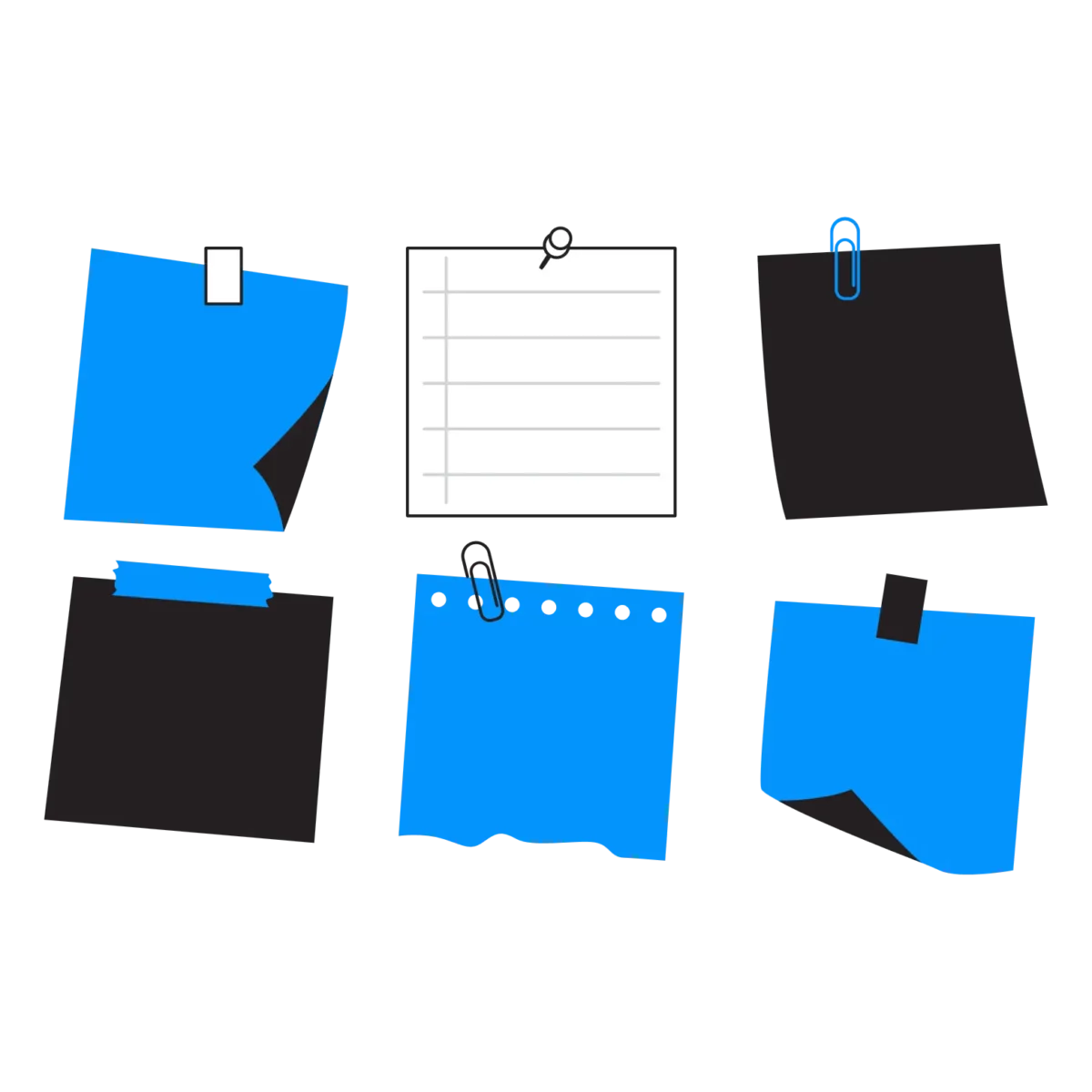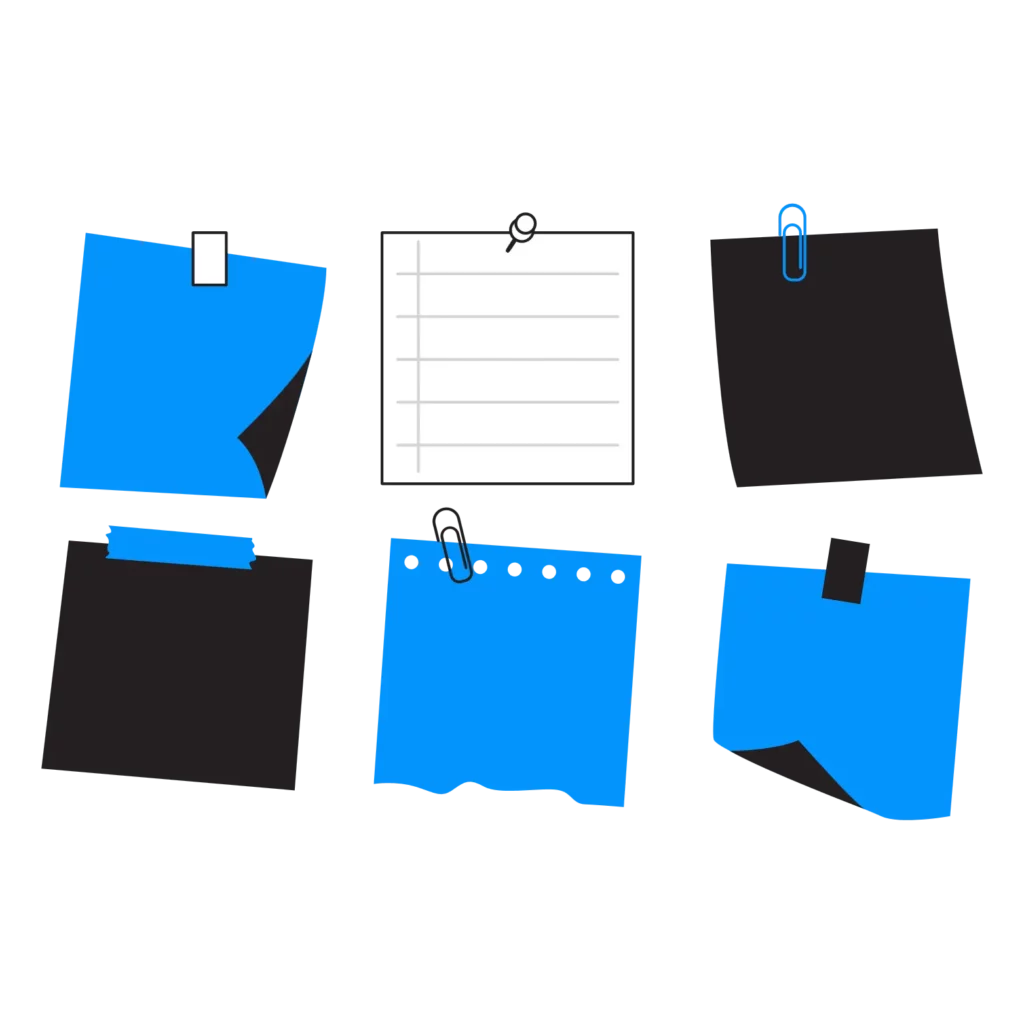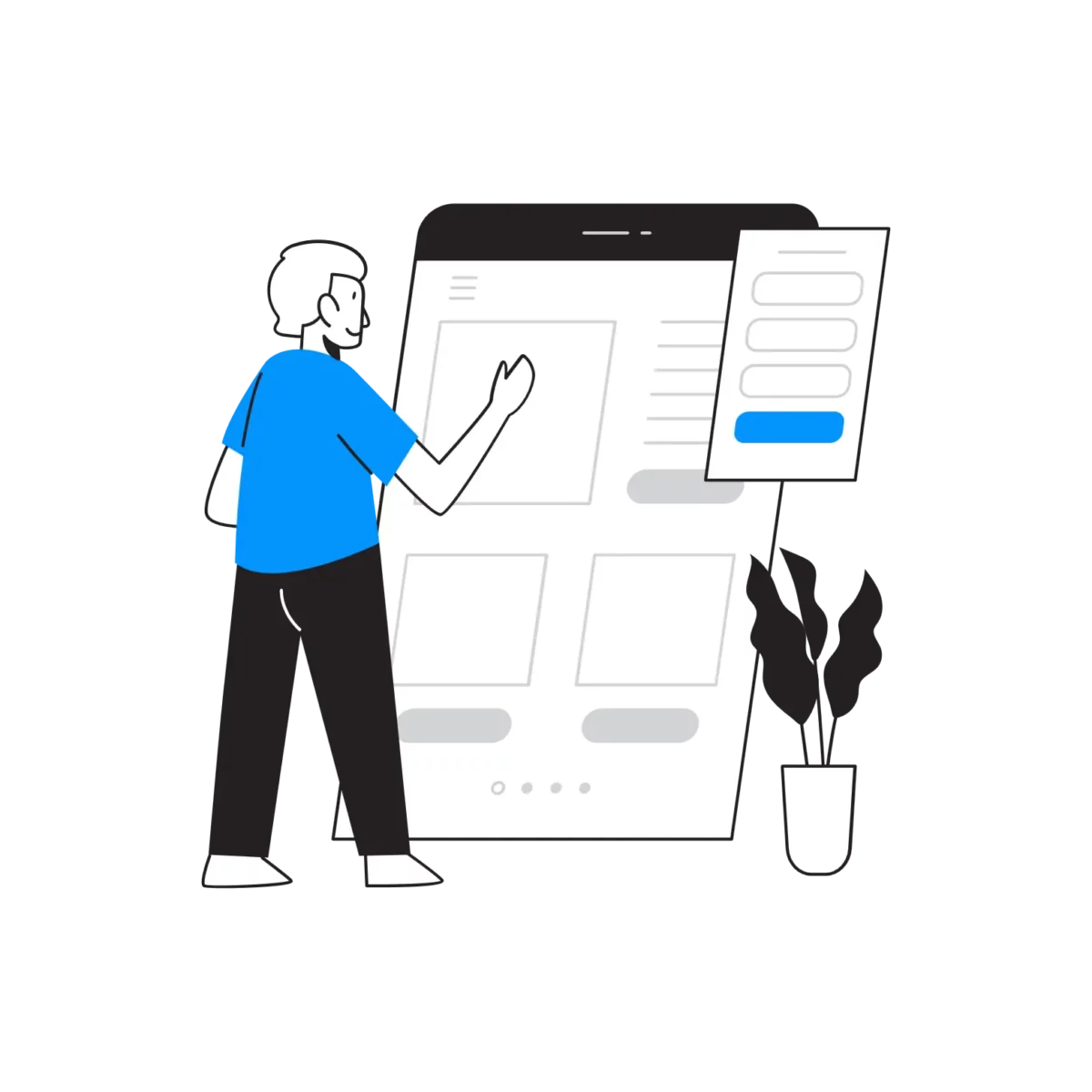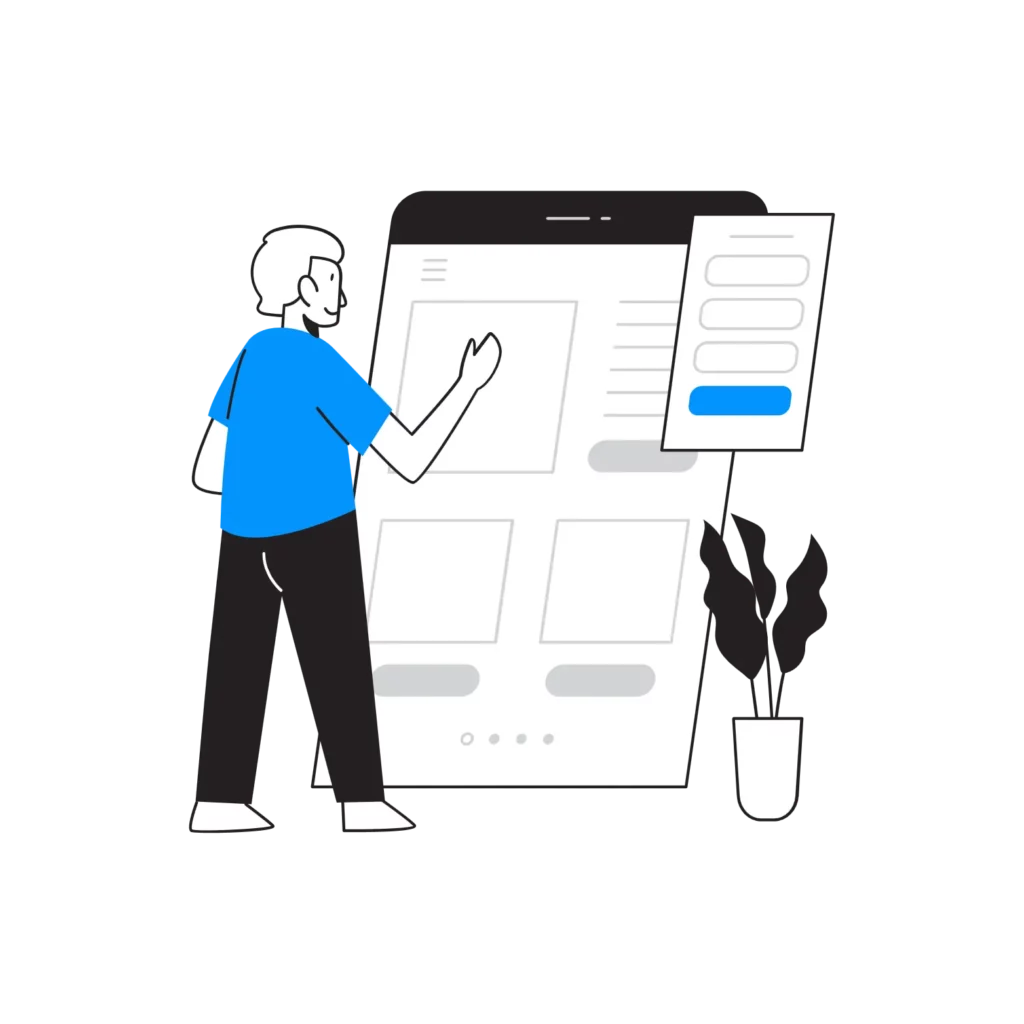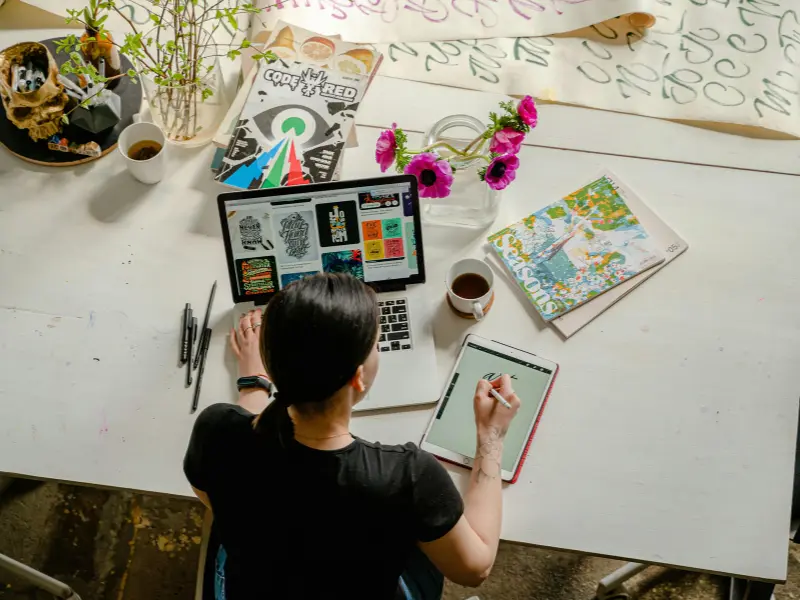Is paper turning its last page?
In an ultra-connected world paper is losing ground. Fewer letters, fewer newspapers, fewer printed documents… Consumption is declining and the digital transition is accelerating.
In France, paper and cardboard consumption fell by 15% in 2023⁽¹⁾. Graphic papers, meanwhile, have seen their use melt by almost 60% in twenty years⁽²⁾.
But is this the end of a historic medium? Or the beginning of a profound transformation inprinting ? Let’s explore this decisive turning point together.
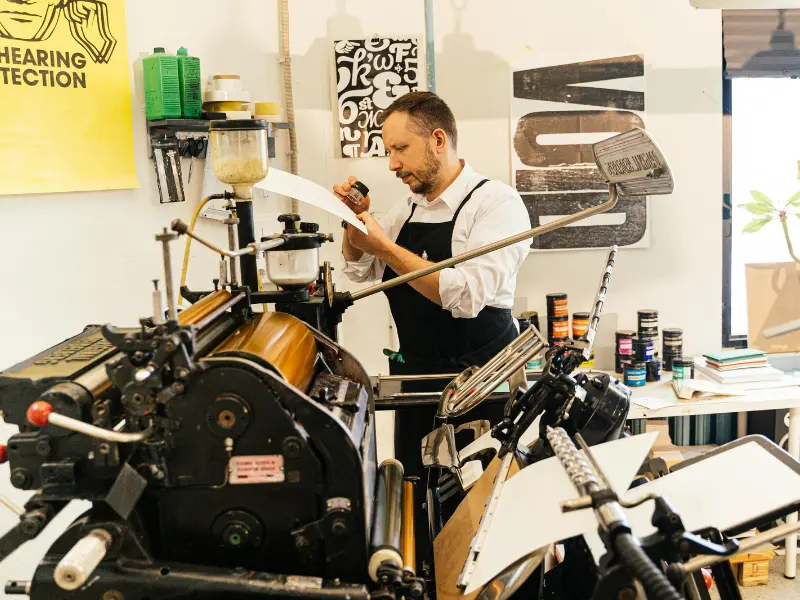
The causes of paper's decline
A structural transformation of the market
The switch to all-digital is undoubtedly one of the most important factors in the decline in paper-based printing. Since the 2010s, companies have massively adopted electronic document management (EDM) solutions in all departments. This has drastically reduced the need for internal and external printing.
Digital media, which are often less costly, instantaneous and measurable, offer a responsiveness that print media struggle to match for certain uses. In both the public and private sectors, this logic has taken hold on a large scale, fueled by policies of efficiency and social responsibility.
For printers, this widespread dematerialization means a gradual erosion of traditional print volumes: corporate brochures, administrative documents, product catalogs. These are all segments that have undergone a massive shift to digital.
Between regulatory constraints and societal expectations
Paper production, despite its evolutions, remains associated with a significant environmental impact: water consumption, deforestation (even if many producers are FSC or PEFC certified), CO₂ emissions, chemical treatment of virgin fibers….
Faced with these realities, printers are operating in an increasingly demanding environment. Customers expect them to take responsible approaches: label printing, vegetable-based inks, recycled or eco-designed paper. At the same time, regulations are tightening: waste reduction, carbon footprint, traceability of raw materials… The graphics industry has no choice but to adapt.
The COVID-19 crisis only accelerated the trend. Widespread telecommuting, a halt to trade shows, a drop in printing volumes… The volume of printed pages collapsed in just a few months.
But beware of shortcuts. Going all-digital doesn’t mean “zero impact”. Servers consume energy. Online storage generates CO₂. Digital terminals have their own footprint, linked to rare metals and their lifecycle.
Reducing paper use, yes. But as part of a global approach. Truly responsible communication doesn’t simply mean doing away with print, but rethinking the use, lifespan and traceability of media. Recycled, reusable, locally produced paper remains a solid alternative, provided it is used wisely.
A high-pressure economic environment
In recent years, printers have been hit by one blow after another. COVID-19, war in Ukraine, exploding costs: the sector is under stress.
The post-pandemic recovery has turned logistics chains upside down. The result: shortages, delays and soaring raw material costs, including in the paper industry.
Then came the war in Ukraine.Energy followed a dizzying trajectory. Between 2019 and 2022, electricity prices jumped 38%, gas prices doubled⁽³⁾. A major blow for printers equipped with energy-intensive offset presses.
Another record rise: the price of pulp. +82% between September 2021 and February 2022⁽⁴⁾.
Under these conditions, it’s hard to maintain margins. Prices are volatile, contracts have to be constantly renegotiated. And every low-volume order becomes a headache.
A mutation rather than a disappearance
Faced with the decline in the use of paper, the printing industry is not doomed to disappear – quite the contrary. Rather, it is undergoing a strategic transformation, driven by changing usage patterns, customer expectations and technological innovations. For industry professionals, this transformation represents an opportunity to reposition and create value.
Digital and on-demand printing: an agile, responsive model
The rise of digital printing has profoundly altered the production chain. production chain. Today, it enables short, personalized and rapid print runs, while maintaining excellent quality. Unlike traditional techniques, it does not require printing plates, which reduces set-up costs.
This enables printers to offer hyper-targeted campaigns, with visuals customized for each customer or point of sale.
What’s more, print-on-demand reduces unsold stock and inventories. This addresses both environmental and economic concerns.
Eco-printing: a lever for responsible competitiveness
The adoption of eco-responsible practices is becoming a standard expected by both institutional and private customers. This involves :
- The use of vegetable-based or solvent-free inks,
- The choice of FSC or PEFC-certified recycled paper,
- Optimization of formats and makeready to reduce off-cuts,
- And the recovery of production waste as part of a circular economy.
These steps not only improve the image of printers, but also meet criteria that are increasingly common in public and private tenders.
Diversifying services: transforming into a print solutions agency
To offset the decline in traditional offset volumes, printers are repositioning themselves as global service providers. Some are integrating graphic design, marketing consultancy, logistics and data management services to meet demands that go beyond printing.
Others are developing their expertise in personalized packaging, smart labels and point-of-sale signage, all fast-growing markets.
This diversification enables them to differentiate themselves, broaden their customer portfolio and stabilize their business in a changing environment.
So, printing is not in decline: it’s reshaping itself around new uses, agile technologies and evolving customer expectations.
How can printers adapt?
Faced with structural changes in the industry – falling print volumes, rising production costs, environmental pressures – printers have no choice but to anticipate and innovate. It’s not just a question of reacting, but of rethinking their positioning, offering and tools to maintain a profitable and differentiating business. Several levers for action are now available to professionals.
Investing in technology to modernize the production chain
Automated production workflows, the integration of graphicarts-specificMIS/ERP solutions, and the use of intelligent digital presses all represent major advantages.
Printers can thus reduce the costs associated with errors, rework or start-up delays, while improving traceability and transparency for their customers.
Cloud solutions also facilitate remote collaboration, multi-channel order management and integration with web-to-printtools.
Position yourself in high value-added niches
Today, diversification is a strategic lever. Rather than fighting for volume in the face of digital technology, printers can focus on niche markets that are not sensitive to dematerialization.
Here are a few examples:
- Luxury or cosmetics packaging, where print quality, high-end finishes and finishing are decisive.
- Art books or limited editions, requiring meticulous workmanship.
- Educational, pedagogical and sensory printing, which digital technology is not yet able to replace.
- Sustainable development, with labels, biodegradable substrates and vegetable-based inks to attract eco-responsible customers.
Strengthening customer relations to build long-term loyalty
In a competitive environment, service is becoming a key differentiating factor. This means going far beyond technical execution to offer :
- Personalized advice on choice of paper, finishes and formats.
- Additional services, such as multi-media project management, warehousing and logistics.
- A close relationship, with monitoring, automated reminder and reporting tools that reassure customers.
Digitalization doesn’t replace the human element; it complements it. The role of the printing consultant is becoming increasingly important, particularly for local authorities, communications agencies and key accounts looking for reliable, flexible and committed partners.
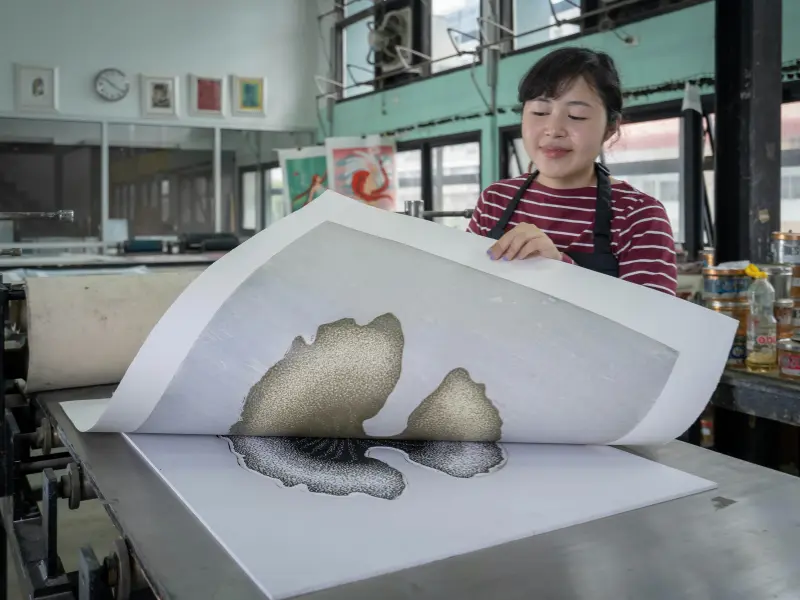
Adapting to bounce back in a changing industry
The gradual decline in the use of paper in the printing industry should not be interpreted as a signal that the sector is dying out, but rather as the symptom of a profound structural change. It’s not a question of the disappearance of the printed medium, but of a rebalancing of its uses in the face of technological, environmental and societal evolutions.
For industry professionals, this transition represents a strategic opportunity to reinvent themselves around higher value-added solutions, customized services and innovative technologies. Digital printing, interactive media, intelligent packaging and eco-friendly inks are no longer marginal options, but development paths in their own right.
Want to go one step further? Discover our ERP dedicated to printers and graphics industry professionals! Download the free demo today!
⁽¹⁾ Source : copacel.fr
⁽²⁾ Source : ecommercemag.fr
⁽³⁾ Source : insee.fr
⁽⁴⁾ Source: ufipa.fr

Pascal MALINGUE
General Manager Cadratin Software and Cogilog

